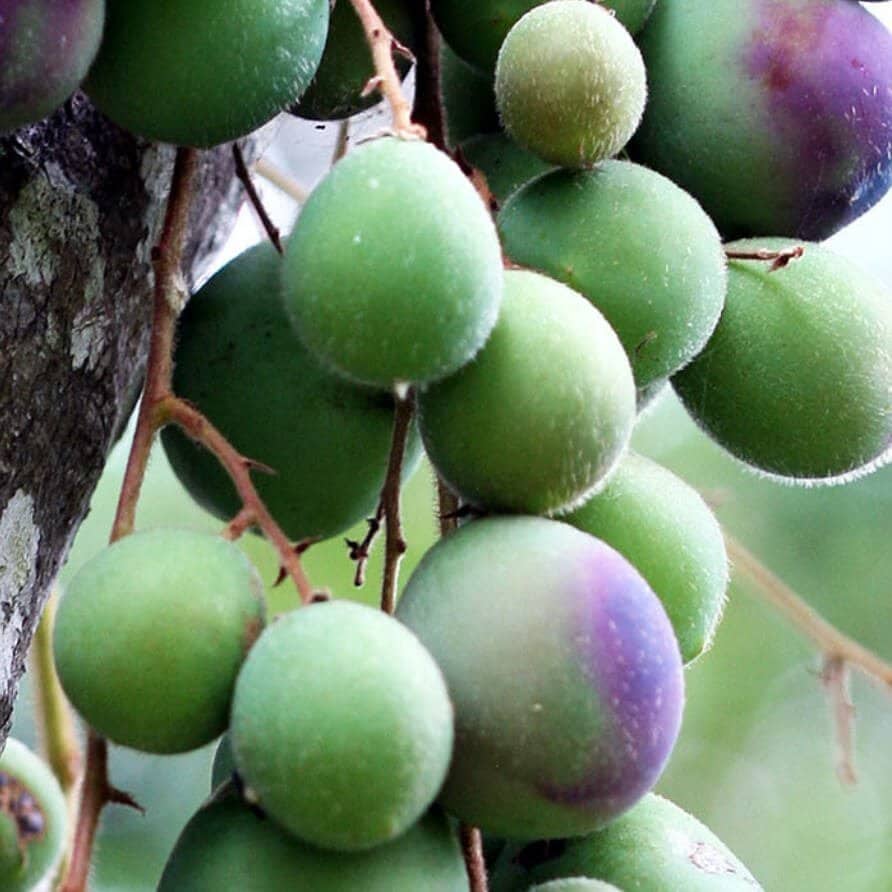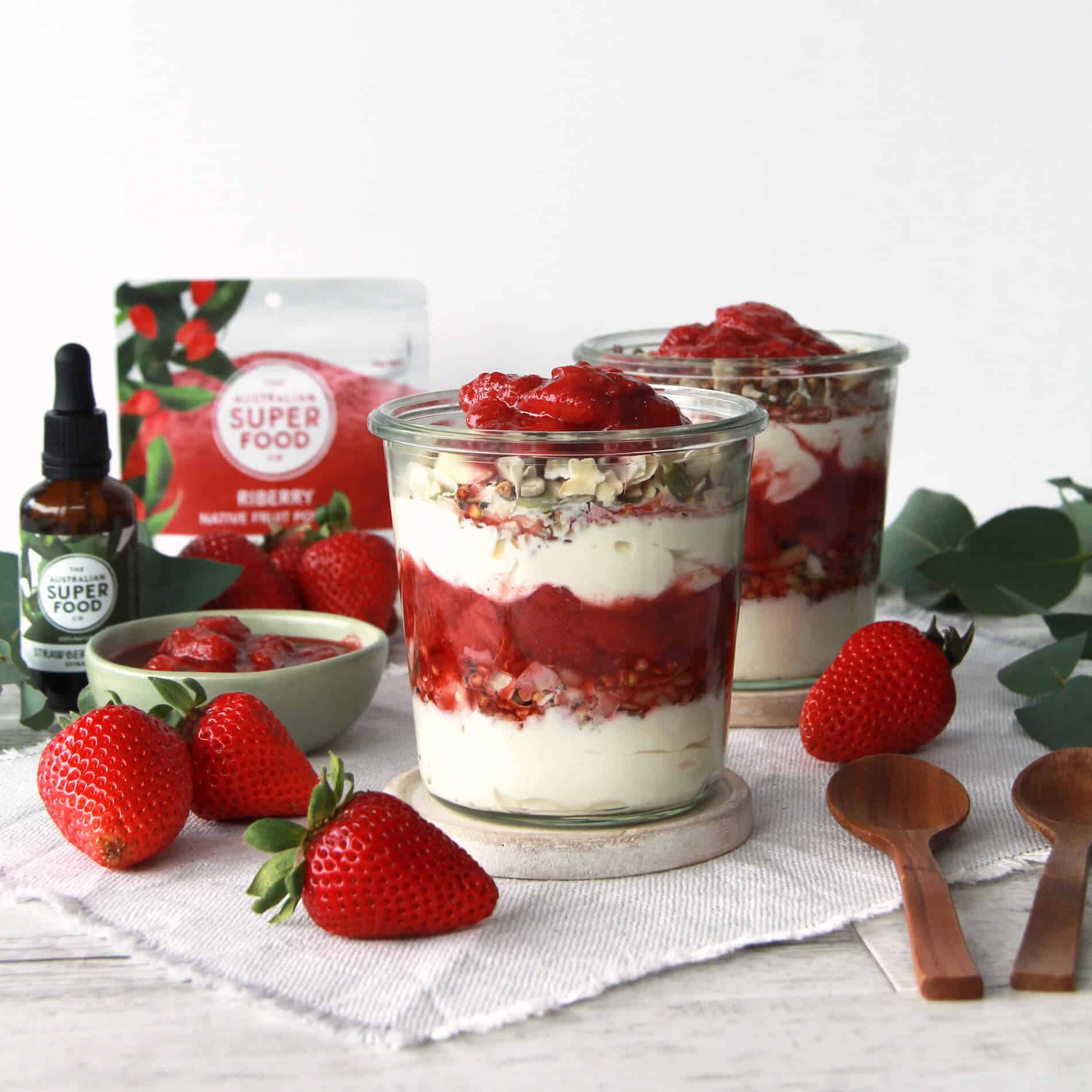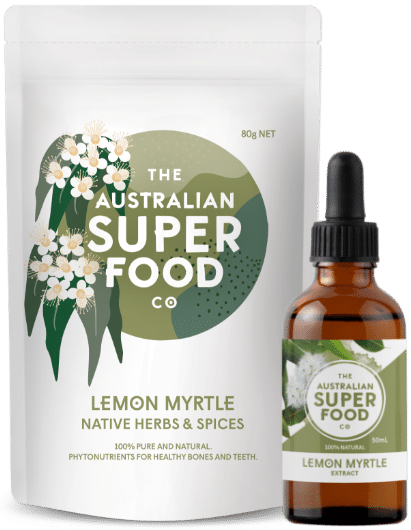It is endemic to subtropical rainforests of central and south-eastern Queensland, with a natural distribution from Mackay to Brisbane.
The Lemon Myrtle (also known as Backhousia citriodora) is a beautiful Australian shrub, whose leaves have been used by Indigenous Australians for a variety of purposes. Sucking on them provided both hydration and a boost of nutrients, vitamins and minerals. The disease-fighting high-antimicrobial properties in the leaves were released by chewing them or crushing them into a paste. The paste was then rubbed into sores and boils. The leaves were also burnt to release their insect-repelling properties. Ooroo mozzies ooroo!
Lemon myrtle leaves have traditionally been used to flavour foods, treating headaches and as a healing oil. The leaves can be used fresh or dried, and the oil can be extracted through distillation.
Download The Australian Superfood Co provenance map here.
Flavour:
Lemon Myrtle has a refreshing, sweet and intense, botanical citrus flavour, similar to lemongrass herb.
Palate:
Refreshing, intense, botanical citrus notes on the tongue and front palate, that continues to build and intensify in the mouth, leaving remnants of menthol.
Aroma:
Fresh, yet strong aroma of citrus, with delicate menthol essence, reminiscent of lemongrass herb.
Lemon myrtle spice is perfect for use in both sweet and savoury dishes. Whole leaves can be used to make freshly brewed tea, substituted for bay leaves, used in curries, slow-cooked tagine, marinades and soups. Use milled, dried lemon myrtle leaves to impart a crisp, citrus flavour in syrups, glazes, cakes and biscuits.
It’s perfect for flavouring jam and preserves, as well as salad dressings, marinades, mayonnaise, savoury and sweet sauces, sorbet and ice cream. Use as a substitute for lemongrass in Asian dishes.
Use lemon myrtle in cooking to impart an intense citrus flavour. It pairs well with cream and fruit based desserts, cheese, cakes and biscuits. Perfectly complements a variety of fruit, in particular apple, pear, citrus, tropical (banana, mango, papaya, pineapple), watermelon and coconut.
Use on roasted root vegetables – sweet potato, pumpkin, beetroot, carrot, turnip, parsnip. Just combine it with olive oil, garlic, fresh herbs (such as rosemary, oregano and thyme) and sea salt and sprinkle it over your veggies. This combination also makes the perfect baste for roast chicken and pork. Rub into fish before pan-frying and finish with a squeeze of fresh lemon juice, or mix with butter, garlic and sea salt, and smear over corn on the cob.
Lemon myrtle lifts the profile of alcoholic beverages such as gin, vodka, white rum, Cointreau and tequila. Adds a refreshing sour taste to soda, tonic, mineral waters and lemonade.
Click here for delicious Lemon Myrtle recipes.










